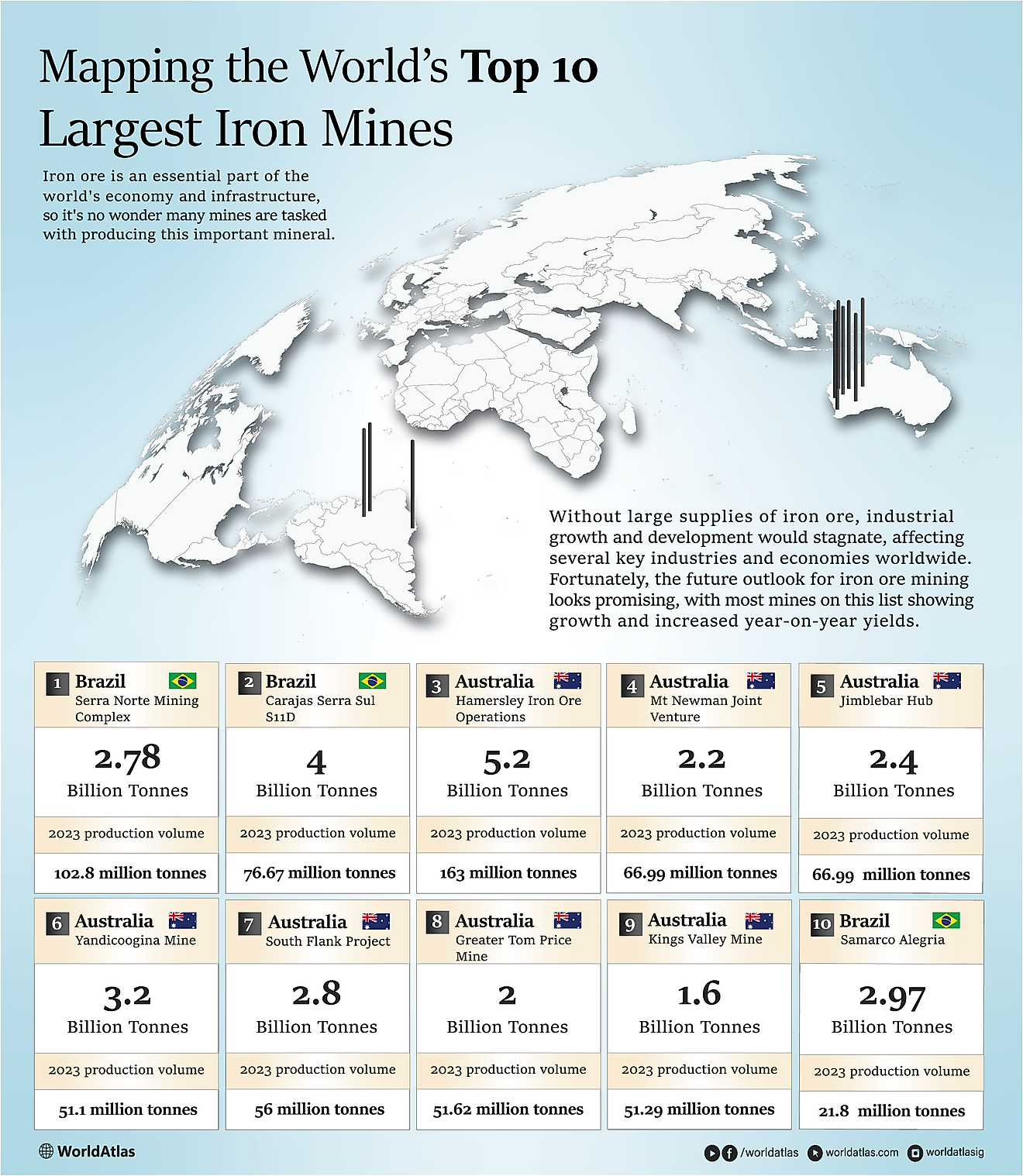What Is A Numismatist?

Numismatics is the collection and study of currencies, including paper money, tokens, and coins, among other related objects. The term numismatics was borrowed from the French word ‘’numismatiques’’ in 1792, which itself was derived from a Latin word ‘’numismatis.’’ Numismatics is a broad discipline that includes the study of cash and various payment methods used to resolve debts. The use of goods as currency in barter trade is excluded from numismatics. Some of the objects that have been used as currency for centuries include gems, large stones, cocoa beans, precious metals, and cowry shells.
What Is A Numismatist?
The word numismatist refers to coin dealers and collectors as well as scholars studying coins. Coin dealers often referred to as professional numismatists, grades, or authenticate money for commercial purposes. Coin collectors derive pleasure from studying coins and possession of monetary devices. A scholar numismatist working as an independent scholar or in a public collection acquires knowledge about a monetary instrument, its system, historical context, and the economy. Experienced numismatists are usually consulted by archaeologists, museum curators, and historians.
History Of Numismatics
Coin collection might have existed during the ancient era with Caesar Augustus giving coins as Saturnalia gift. Petrarch was the first Renaissance collector who presented Roman coins collection to Emperor Charles IV. Guillaume Bude wrote the first book on coins (De-Asse-et-Partibus) in 1514. During the Renaissance era, most coin collectors were from European noble and royal families. Coin collection was referred to as a ‘’Hobby for Kings’’ because of its esteemed founders. Some of the most prominent coin collectors include Henry IV, Joachim II, who founded the Berlin coin-cabinet, and Pope Boniface VIII, among others. Collectors started forming professional numismatic societies in the nineteenth century with the first professional societies being the Royal-Numismatic-society (1836).
Subfields Of Numismatics
Exonumia
Exonumia refers to the study of coin-like items (medals and token-coins) and other objects that can be used for commemoration or in place of money. Exonumia includes credit cards, wooden nickels, counter-stamped coins, badges, souvenir medallions, encased coins, and elongated coins, among others. Exonimua is related to coin collecting, and some numismatics are exonumists.
Notaphily
Notaphily is the study of banknotes or paper currency. Human beings have been collecting paper cash for as long as they have been in use. Numismatics began collecting banknotes systematically in the 1920s in Germany. The collection of banknotes took a turning point in the 1970s when collectors established notaphily as a separate area of study. The term ‘’notaphily’’ was devised by the employees of an investment and collector firm known as Stanley Gibbon.
Scripophily
Scripophily is the collection and study of bonds and stocks. Scripophily gained recognition among numismatists around 1970. The term ‘’scripophily’’ was coined by combining the phrases ‘’scrip’’ which symbolizes an ownership right, and ‘’Philo’’ means ‘’to love.’’ Currently, there are thousands of scripophilists looking for rare, popular bonds, and stocks. Some collectors consider scripophily to be a great investment, while others enjoy it as a hobby.











